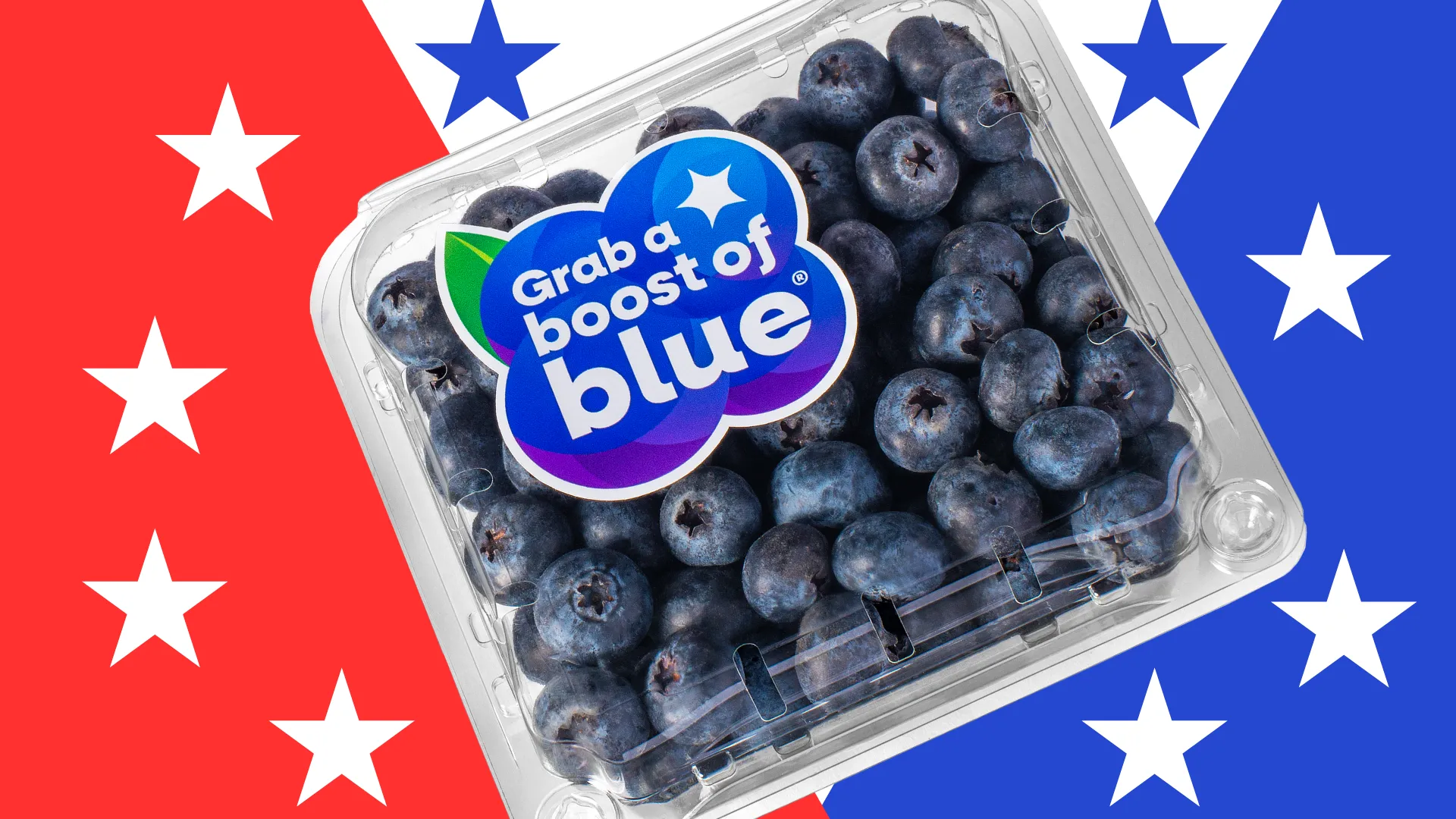The final day of the Strawberry & Berries event, organised by LaMeta on 12 April 2022, was an opportunity to visit important production realities in Basilicata and discuss in a round table the main business issues that characterise the strawberry sector and berries.
There are two main strawberry hubs in Italy: Basilicata and Campania, both with around 1000 hectares in production. While 2021 has been called the best campaign in the last 15 years, this year's results will be affected by rising production costs and labour shortages. It is estimated that the 2022 strawberry season in Basilicata will have a physiological end around mid-May. Once the Easter market is over, no improvement in results is expected for producers, due to the combined effect of slower sales after Easter and the likely higher availability of product for the next 4 weeks.
FIELD VISITS

The first field visit was to the Nicofruit company. With 6.5 million strawberry plants planted, Francesco and Demetrio Nicodemo 's production for the 2022 season will be between 2500 and 3000 tonnes. It is almost exclusively the new Inspire variety, marketed under the Matera brand, which is in its third year of production and was developed by the Spanish nursery El Pinar with which Nicofruit works closely.




The two main problems of this season are the shortage of labour and the big increase of production costs. This hardly combines with the high mark-ups of the large-scale retail trade and makes the situation of the Italian strawberry producer difficult.
But there are also positive aspects: Italian consumers now prefer strawberries of domestic origin and the role of imported strawberries has become that of supplementing the missing quantities of Italian products.
The aim must be to pay the grower at least EUR 3 per kilo and to achieve this you need a quality strawberry: perhaps less productive varieties but which better meet the consumer's needs, which are mainly taste and a good shelf life after picking.
Gaetano Larocca presented Planasa's new variety catalogue, which includes varieties that are well rooted in the Lucanian territory such as Candonga and Red Sara alongside other varieties that are new this year such as Red Samantha and Red Zaira.




The market trends that are driving Planasa's varietal selection are good flavour, earliness, productivity, rusticity, post-harvest storability and a good plant structure, with well-exposed fruit, gradual ripening without peaks, and single, non-clustered fruiting and flowering.
According to Gaetano Larocca, the market for strawberry plants in Italy is equally divided between premium and mass-produced products.
Manuel Goizueta, Planasa's Director of Italy and Poland, said that Candonga, Planasa's strawberry which is currently the reference variety in Italy in the Premium segment, is expected to produce 40 million plants in 2022, equivalent to 25% of Italy's surface area.
Vivai Mazzoni, represented by Antonio Ferrarese, has a still quantitatively limited presence in the Basilicata region: the two reference varieties are Flavia and Elide, which are present in Basilicata with about 1 million plants each. Flavia, besides good characteristics of colour, shape and size, is a very rustic and resistant variety, with a yield 20/30% higher than Candonga. Elide, which has interesting fruit characteristics, ripens later than Flavia.




THE ROUND TABLE
During the round table, Pietro Ciardiello, President of the Mediterraneo Group, underlined the role of the Italian strawberry on the national market: consumers and large-scale distribution have decreed its preference over the imported product, now relegated to covering peaks in demand for which Italian production is not always sufficient. The outlook for Italian raspberries is also positive, thanks in part to the increase in consumption recorded in recent years, which does not seem destined to slow down.

According to Gianluigi Bertelli, Head of Spreafico's Berries Business Unit, it is important to give consumers what they expect from strawberries and berries: these are often associated with very positive memories of childhood, with aromas and flavours from the past. This is the role of a careful variety selection: to offer consumers varieties that fully satisfy their taste expectations.
Gianluca Savini of Sant'Orsola's technical advisory office, said that Basilicata can play an important role in the supply landscape of berries, particularly blackberries, raspberries and blueberries. The Sant'Orsola cooperative has a 2021 season to its credit, which has decreed the success of blueberry zero residue, which has met with public approval.
According to Carmelo Sigliuzzo, the topic of zero residue requires special attention in order to fully exploit its potential.it is proving to be a concept that is easily understood by consumers, with its own distinctive identity compared to organic. The Zero Residue association aims to standardise the matter, arriving at an unambiguous and shared definition of zero residue.
Donato Fanelli warned the strawberry sector and berriesin Basilicata, inviting it to join forces to coordinate the activity of the supply chain. He said that the case of table grapes in Puglia shows that if the supply chain does not proceed united, the risks of even major crises can be devastating. Fanelli recalled the recent constitution of the Apulia quality table grape district, which is a concrete and shared response to the difficulties of a central sector for the Apulian economy.
The round table was complemented by market data on consumption and prices presented by Thomas Drahorad, who analysed the structure of demand, the purchasing behaviour of Italian families and weekly prices.
He also stressed the potential of comparing Italian and British consumption: for strawberries the ratio is one to 2.4, for blueberriesmore than one to six, and for raspberries almost one to 12.
Download Thomas Drahorad's presentation on consumption and prices









